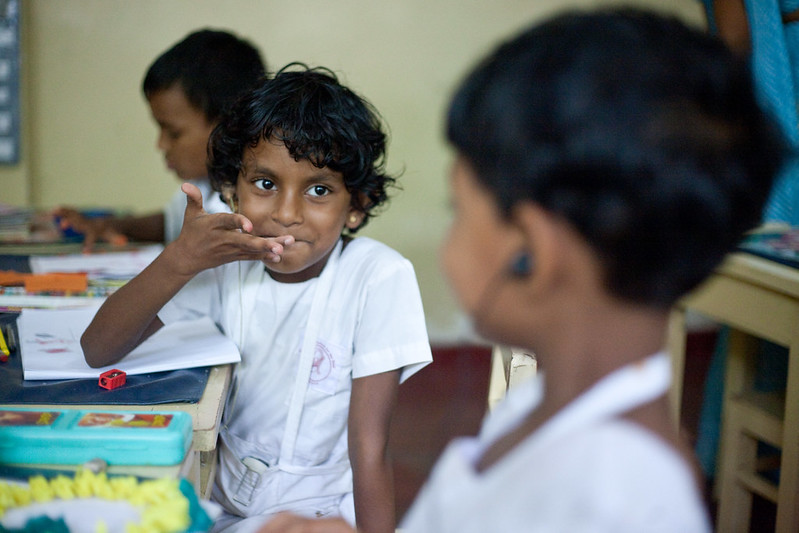 Estimates put the deaf population in Pakistan at around 10 million people. Unfortunately, these 10 million Pakistanis face several barriers in society, starting at an early age. Less than 5% of deaf children, especially girls, attend school in Pakistan, leading to widespread illiteracy and ultimately, high unemployment rates among the deaf youth.
Estimates put the deaf population in Pakistan at around 10 million people. Unfortunately, these 10 million Pakistanis face several barriers in society, starting at an early age. Less than 5% of deaf children, especially girls, attend school in Pakistan, leading to widespread illiteracy and ultimately, high unemployment rates among the deaf youth.
The following is an overview of five organizations dedicated to helping the deaf community in Pakistan overcome obstacles that contribute to their poverty. Ayesha Raza, whose parents and brothers are deaf, remarked in 2022 that “the majority of the deaf youth is unemployed in Pakistan, and they face issues like language barriers, inequality and discrimination.”
5 Organizations Helping the Deaf Community in Pakistan
- Pakistan Association of the Deaf. Founded in 1987 and based in Karachi, Pakistan, the Pakistan Association of the Deaf strives to promote the welfare of the deaf community in Pakistan. It affiliates with the World Federation of the Deaf and networks with 12 deaf associations across Pakistan. The organization’s current initiatives include advocacy for the deaf, interpreter services, a women’s empowerment program, sports activities for the deaf, Pakistani Sign Language education and a “Needy Deaf Child Sponsorship” program. This sponsorship program allows donors to support one or more deaf children by providing essential school supplies.
- Deaf Reach. Founded in 1998 and with its headquarters in Karachi, Pakistan, Deaf Reach is a sub-organization of the Family Educational Services Foundation. Deaf Reach particularly serves the deaf community in Pakistan’s Sindh and Punjab provinces. Every year, more than 1,500 deaf students receive education through Deaf Reach’s schools. Deaf Reach also ensures this education is accessible to those experiencing financial difficulties, as they use a “pay-as-you-can-afford” method. The curriculum at these schools encompasses core subjects, academic literacy and vocational training, with a focus on information technology (IT) skills. Pakistani Sign Language is the primary language of instruction, with a strong emphasis on helping students develop language and literacy skills in Pakistani Sign Language, Urdu and English. Besides serving a large number of students annually, Deaf Reach also trains about 150 teachers each year in the best practices of deaf education.
- DeafTawk. Based in Islamabad, Pakistan, DeafTawk is a multinational organization that serves deaf communities in Pakistan, Sri Lanka, Singapore, Denmark and Puerto Rico by bridging communication gaps between the hearing and deaf communities. Since launching its mobile app in 2018, DeafTawk has connected deaf individuals with qualified interpreters for real-time interpreting services. DeafTawk takes pride in having uplifted deaf Pakistanis by providing them with essential communication tools for success. The organization’s team, already well-connected with the deaf community in Pakistan, has forged partnerships with major Pakistani corporations and development companies through its services.
- ConnectHear. Growing up as the interpreter for her deaf parents, Azima Dhanjee understood firsthand the opportunities her parents missed when she wasn’t available. Drawing on her experiences, Dhanjee founded ConnectHear in 2017 to increase the number of interpreters available to the deaf community in Pakistan. Based in Karachi, ConnectHear focuses on training Pakistani Sign Language interpreters and connecting organizations across Pakistan with both virtual and in-person interpreters. The mission of ConnectHear and its team is to broaden accessibility for deaf Pakistanis and make Pakistan more inclusive for the deaf community. ConnectHear emphasizes that access to interpreters and thus to communication, enables deaf Pakistanis to achieve true independence.
- Pakistan Ear Foundation. Based in Lahore, Pakistan, the Pakistan Ear Foundation actively supports the deaf community with a focus on enhancing ear and hearing care across the country. This support includes offering early detection services, increasing education and awareness about deafness and hearing loss, facilitating communication services and making hearing aids and cochlear implants more accessible to those who qualify and desire them. Additionally, the Foundation engages in political advocacy to promote better policies for the deaf community and works to improve education for deaf and hard-of-hearing Pakistanis.
Looking Ahead
The deaf community in Pakistan continues to face many challenges related to discrimination and lack of access to resources compared to their hearing counterparts. However, these five organizations have made great progress toward promoting equitable access for deaf Pakistanis in the future.
– Natalie Coyne
Photo: Flickr
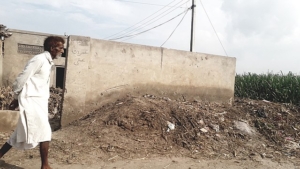
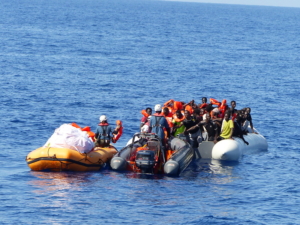 The migrant boat shipwreck occurring in Italy on February 26, 2023, serves as a reminder that stronger action is necessary to address the Mediterranean migration crisis.
The migrant boat shipwreck occurring in Italy on February 26, 2023, serves as a reminder that stronger action is necessary to address the Mediterranean migration crisis. 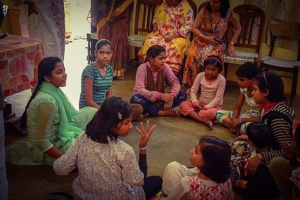 In developing countries like Pakistan, a nation that has faced violence, economic and
In developing countries like Pakistan, a nation that has faced violence, economic and Cultural heritage preservation means keeping the artifacts and traditions of a community intact against
Cultural heritage preservation means keeping the artifacts and traditions of a community intact against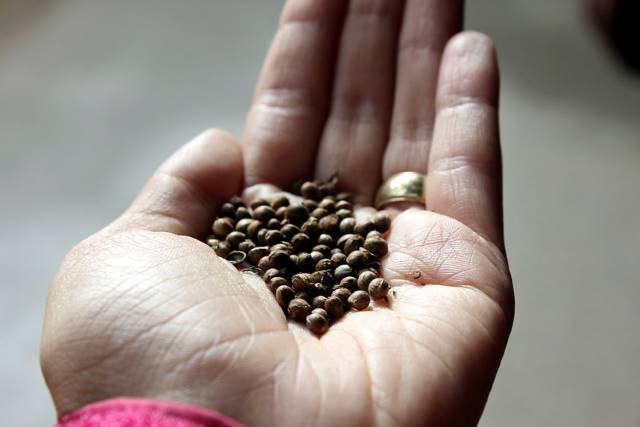 In September 2020, the Pakistani Government approved
In September 2020, the Pakistani Government approved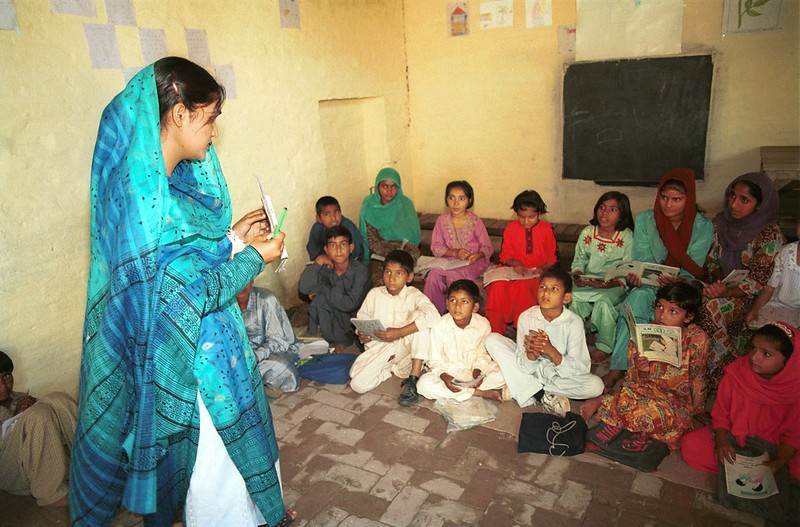 Although schooling is compulsory in Pakistan for kids aged 5 to 16, it is not as accessible as it could be. Nearly
Although schooling is compulsory in Pakistan for kids aged 5 to 16, it is not as accessible as it could be. Nearly 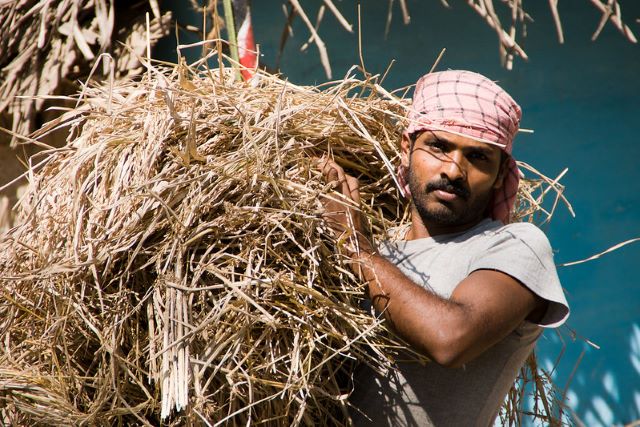 Pakistan and India are battling a rice war, as India is attempting to gain exclusive
Pakistan and India are battling a rice war, as India is attempting to gain exclusive  Pakistan, a country in South Asia, has the world’s fifth-largest population and spans more than 800,000 square kilometers. Pakistan has a
Pakistan, a country in South Asia, has the world’s fifth-largest population and spans more than 800,000 square kilometers. Pakistan has a 
